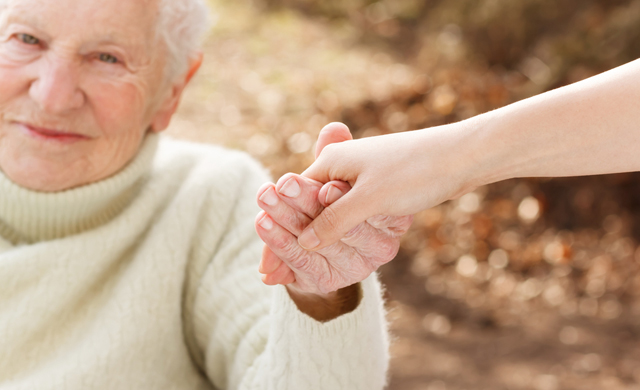With more people living longer, Americans are looking at all the possibilities of long-term care for loved ones; however, when it comes to taking on the responsibility of caring for aging individuals, not everyone is planning on providing that care personally.
The Henry J. Kaiser Family Foundation indicates more than 1.3 million people reside in certified nursing facilities (nursing home) as of February 2012, when the most recent data was available. That’s 1.3 million individuals who, for one reason or another, could not be cared for by family members or close friends.
However, when it comes to Latinos, studies show the probability is less likely for the person to be put in a nursing facility.
“I think they feel kind of bad leaving their parents, or grandparents in a nursing home. I wouldn’t do it personally; I would actually take my mom or dad to live with me if they get older,” El Paso resident Frankee Perez told Fox News. “As a Hispanic community, they raised us through thick and thin, and out of respect out of pure love and how they took care of us, we get a chance to take care of them.”
Perez’s sentiments are mirrored by many others in the Hispanic community as demonstrated in a recent study from The Associated Press-NORC Center for Public Affairs Research. The findings show more than half of non-Hispanic caregivers view long-term care as a significant stress on family, while only 36 percent of Hispanics reported the same feelings of burden.
In fact, more than 60 percent of Hispanics said they had provided, received or financed long-term care themselves.
“At some point you will be in those shoes. You will be old, and hopefully your kids will take care of you,” said El Pasoan Maira Ceron. “Your parents, they sacrificed everything for you, and the only thing you can give them back is taking care of them when they cannot do it anymore for themselves.”
The ACL indicates 65 percent of Hispanic older men live with their spouses, 17 percent live with other relatives, 3 percent live with non-relatives, and 15 percent live alone. For older Hispanic older women, 39 percent live with their spouses, 33 percent live with other relatives, 2 percent live with non-relatives, and 26 percent live alone. Although older women are more likely to live alone than are older men, the percent of Hispanic elderly men and women living alone is lower than that of the general population.
Also, the percent of Hispanic older persons living with other relatives is almost twice that of the total older population.











Post your Comment
Please login or sign up to comment
Comments